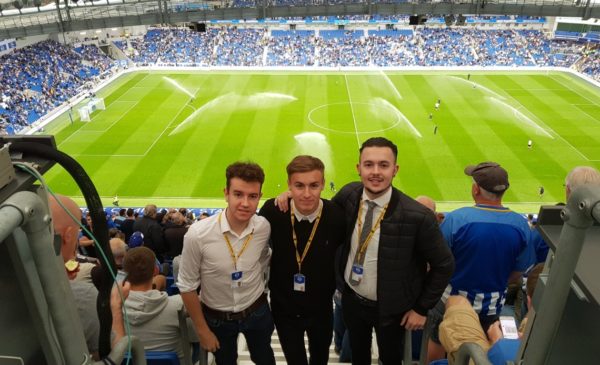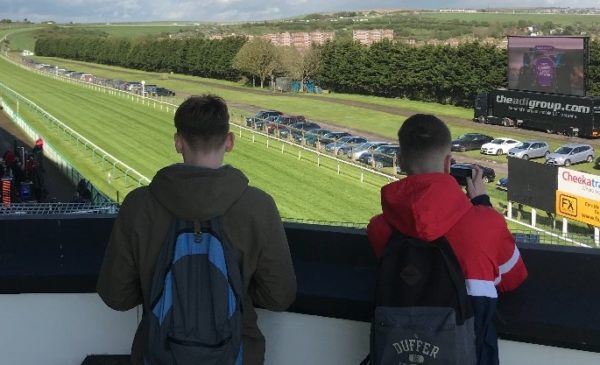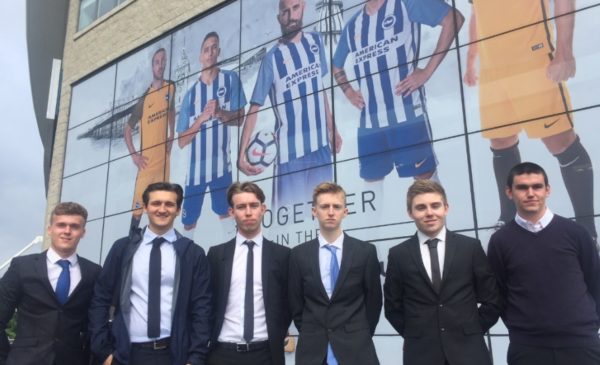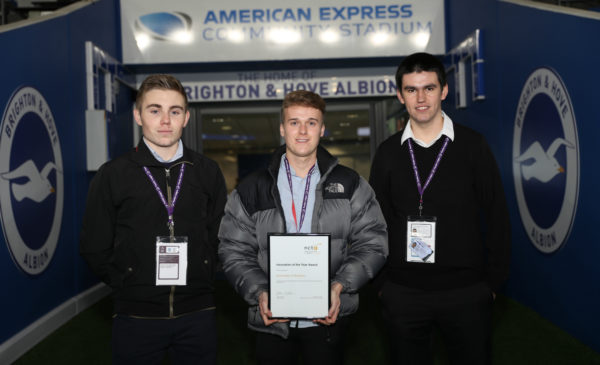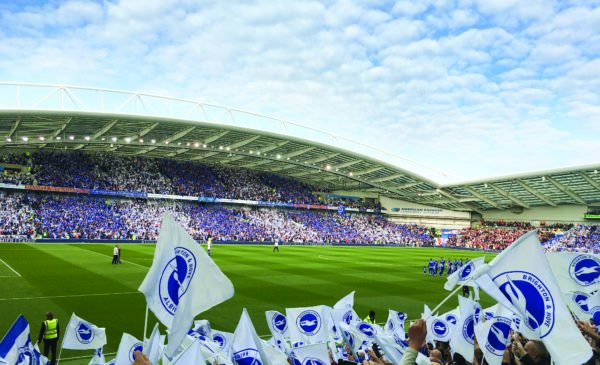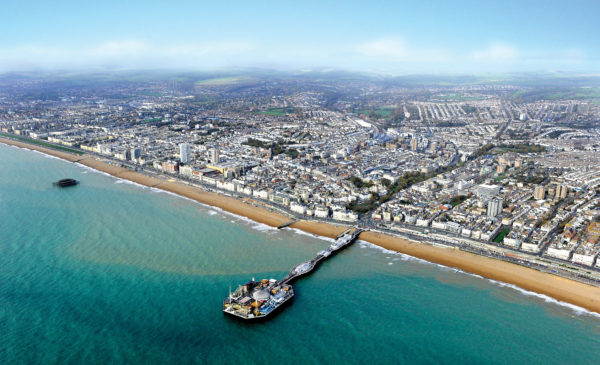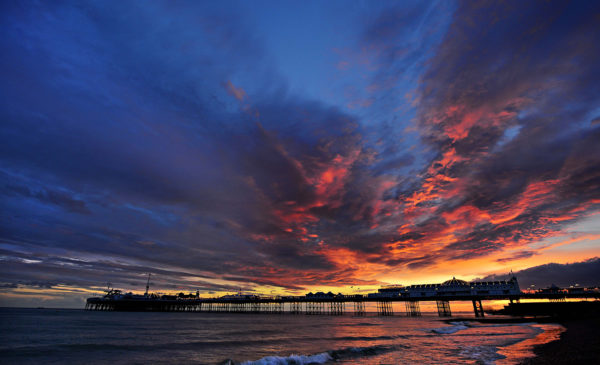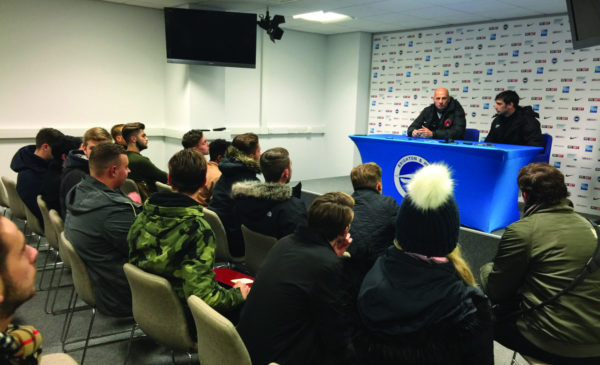Arsenal played hosts to Crystal Palace on Monday evening in a week which sees the North Londoner’s play two games at The Emirates within the working week, welcoming Aston Villa on Friday night. Going into last nights fixture, only one position separated the two teams in 13th and 14th respectively and on the balance of play it was clear to see why the sides sit so close together in the early season table.
The Emirates has been something of a happy hunting ground for The Eagles in recent years with their last defeat coming all the way back in January 2017, succumbing to a freakishly brilliant ‘scorpion kick’ from Olivier Giroud- who’s since gone on to win a World Cup, Champions League and Europa league whilst making over 100 appearances for Chelsea, a damning reminder of just how long its been since Arsenal have taken maximum points from Palace at home in the league. Alexandre Lacazette’s dramatic last second equaliser spared some Arsenal blushes and a potentially hostile full time reception from the 60,000 or so in the ground in the direction of the team and perhaps more alarmingly the manager. On a night which saw Arsenal legend Patrick Vieira return to the club where he cemented himself as a legend, spearheading Arsenal through its most glamourous and successful period in the clubs prolonged history, picking up three premier league titles, two domestic doubles and two other FA Cups along the way. With this in mind, it comes as no surprise the Frenchman lapped up a standing ovation from the adoring Arsenal fans as he made his way out of the Emirates Tunnel towards the pitch for the first time. The way events played out, Arsenal and Arteta must be wishing they could turn back the clock 20 years to a time where Vieira anchored the Arsenal midfield rather than stand in the opposing dugout as the midfield proved to be Arsenal’s main concern on the night.
When the lineups were announced at 7pm, many were surprised to see Arsenal’s midfield shakeup. Arteta tends to employ a fixed, rigid 4-2-3-1 set up with a midfield pivot in front of the defence. With the absence of Swiss international Granit Xhaka, like in the fixture just before the international break away to Brighton, most expected Arteta to select Albert-Sambi Lokonga to play alongside Thomas Partey in midfield. It came as a surprise to see all of Bukayo Saka, Nicolas Pepe, Martin Odegaard and Emile Smith-Rowe all in the starting XI for the first time this season. With such an abundance of attackers and creators on the pitch a midfielder had to be sacrificed, on this occasion it was Lokonga. It was a decision that never really paid off on the night with Odegaard tasked with getting involved deeper on the pitch to support Partey in the first phase of the build, Saka pushed to the left to accommodate Nicolas Pepe and Smith-Rowe in the ’10’ role making it a case of square pegs in round holes.
If you asked each one of the aforementioned players I suspect all of them bar Pepe would want to be playing elsewhere. Saka has played his best and most dynamic football operating from the right not only for Arsenal but on the international stage too, Smith-Rowe looks his most threatening from the left where he can drive infield, combining with teammates rather than be deprived of service in central areas. Odegaard has made the 10 role his own since his permanent move from Real Madrid this summer, a position which enables him to maximise his skillset acting as a facilitator for others, constantly offering himself as an out ball for others with his tidy and intricate link play. The Norwegian was something of a passenger at times last night however having been instructed to play deeper alongside Partey- a role in which limited his influence in the game. With all of this being said, it acts as a reminder of Arteta’s struggles with adaptability when key players are missing. Xhaka has made himself something of a midfield general for Arteta making his absence particularly problematic for the gunners. An entire shift of system in the absence of one player seems desperate and confusing, perhaps a more logical solution would be to replace Xhaka with the most like-for-like replacement in the squad such as Lokonga or Mohammed Elneny so the dynamic of the team isn’t altered too significantly. Ball circulation and retaining possession proved to be a real issue for Arsenal on the night with an apparent lack of options in the middle enabled the visitors to have their fair share of possession (53-47%).
With all this in mind, it seems fitting that both of Crystal Palace’s goals came as a result of carelessness and individual mistakes from Arsenal’s midfielders. The visitors first goal came after Partey was caught in possession by Jordan Ayew due to poor positional awareness. This goal perhaps acted as an insight as to why Arteta is reluctant to play Partey on his own at the base of midfield as this is a position which demands spatial awareness and alertness as pressing players are coming from all angles. The best in this position are always scanning and aware of their surroundings such as Sergio Busquets, Rodri, Jorginho etc. Palace’s second of the night came in similar circumstances, Lokonga who came on at half time replacing the injured Bukayo Saka was caught dawdling in possession by the ever industrious Conor Gallagher before breaking away on the counter which resulted in a thumping strike from Odsonne Edouard to put the eagles in front.
With Granit Xhaka due to be side-lined for weeks to come, Arteta and Arsenal need to find the right midfield formula to get the best out of the current personnel or they risk sliding further down the league standings- something under fire head coach Mikel Arteta can ill afford.

